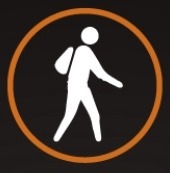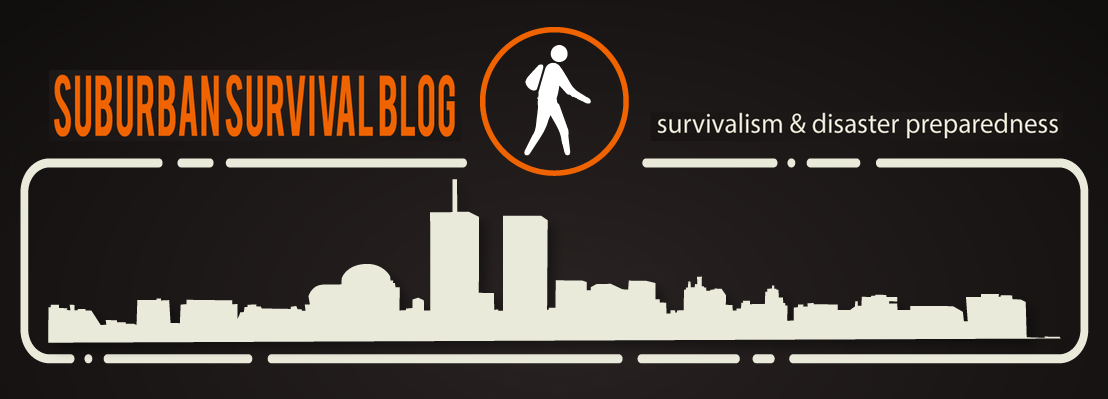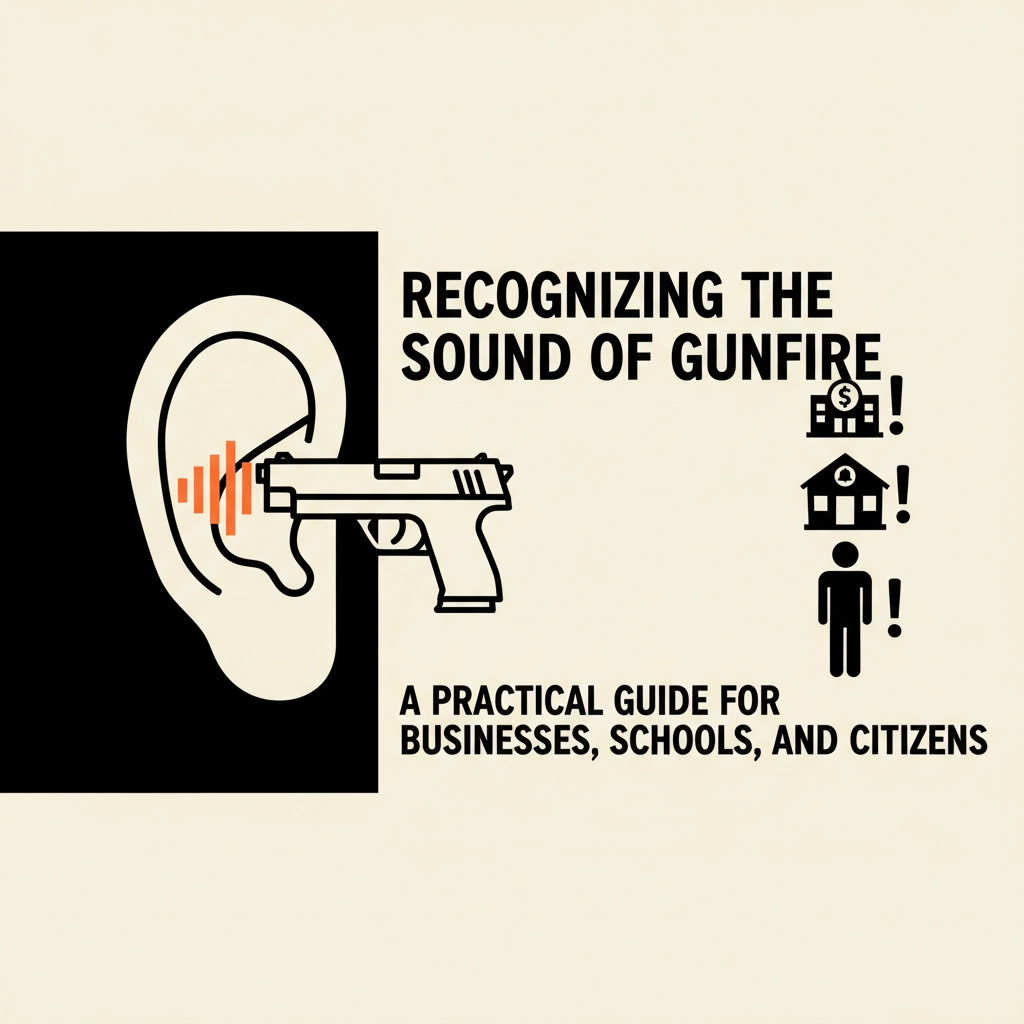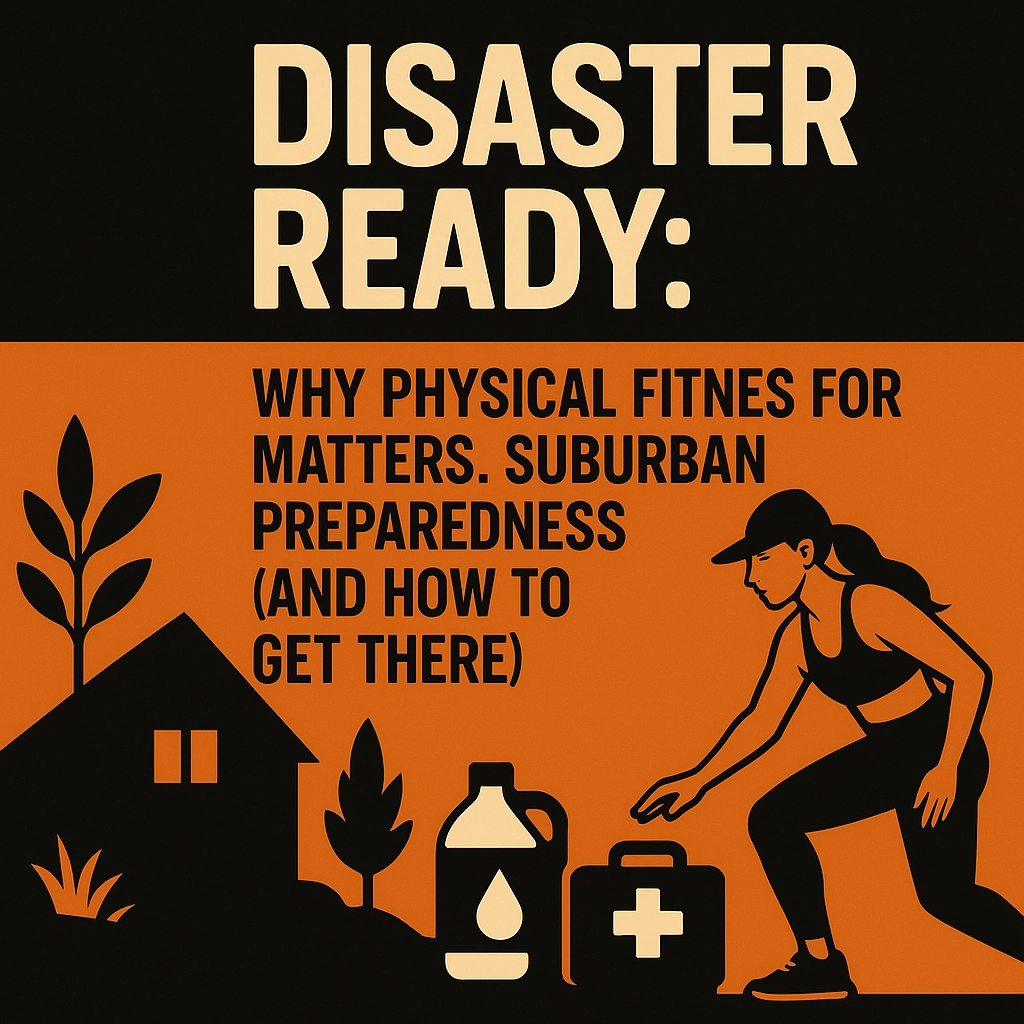This is the second installment in a series of papers to educate the new prepper about what weapons they should have on hand. I’m approaching this from a SHTF scenario, and while I’m not advocating using any firearm in an offensive manner, I stress that being able to use one to defend yourself is imperative… so when I use terms like stopping power or lethal range, keep the defensive mindset.
Probably the most versatile of guns to consider adding to your arsenal is the shotgun. It is, without a doubt, the most adaptable firearm you can own. The west wasn’t won with a lever action rifle as many would believe (although they did play a part). In every wagon that traveled west was a scattergun, it was the affordable, easy to shoot firearm that every house had behind the front door. In modern times, a shotgun can perform equally well as a CQB (close quarter battle) weapon and hunting gun for many different species (including squirrel, grouse, deer, or bear). In short, a shotgun has the ability to keep the family fed and defend them from vermin (both four legged and two legged variety). If you have to bug out on foot and can only carry one long arm, a shotgun isn’t a bad choice. Just like any other type of firearm, there are quite a few shotguns and action types on the market to choose from… and even more companies that make them. For simplicity sake, I will stick with the most common actions and manufacturers and spend some time talking about ammunition choice. Keep in mind, this analysis isn’t complete and you should find a gun you like and stick with it.
Shotguns range in price based upon action type, manufacturer, and quality.… and just like anything else, you get what you pay for. So let’s take a look at the most common actions on the market and analyze a few guns from each based upon cost, reliability, and ergonomics. But first let’s talk about gauge. The technical definition of gauge is the number of perfectly round lead spheres that make up a pound when the diameter of the sphere fits perfectly in the bore. In laymans terms, the smaller the gauge number, the larger the bore size and the more powerful the firearm. The most common gauge used for hunting, competition shooting, self defense, law enforcement, etc. is a 12 gauge.… for stopping power and pattern density, you simply can’t beat it. For anyone who thinks a 12 ga has too much recoil for them, do your research (or send me an email and I’ll try to help you out)… you’ll see that the right 12 ga can have comparable or less felt recoil than an off the shelf 20 ga or even a .410. Look into barrel porting, recoil reducing stocks, light loads, and a handful of other recoil reducing advancements and you’ll be pleasantly surprised. So for the purposes of this write-up, we will discuss 12 ga only shotguns.
Firearms
Pump action
The pump action shotgun in the right hands is a devastating and reliable weapon. Two of the most popular pump shotguns are the Remington 870 and the Mossberg 500 (and variants like the 590)… and I personally recommend both. Both are rugged, reliable firearms that have stood the test of time (both designs are over 50 years old and I personally have owned both for over 20 years and they are still going strong); both are reasonably priced (the Mossberg comes in a little cheaper than the Remington); both have changeable chokes in their base models; they both are chambered in 3″ magnum; both have a wide variety of aftermarket accessories. The designs are basically the same with a few subtle, but important differences. The Remington has a loading gate inside the action that is supposed to aid in loading… supposed to (I’ve seen the gate become a problem for operators not well versed in the firearm). The Mossberg has no loading gate and the loading is a bit more laborious, but with practice you won’t notice it. The safeties are located in different places on the firearms; the Remington has it on the rear right hand side of the trigger guard.… which is great for a right handed shooter, but it can be difficult for a lefty; the Mossberg has it on the top of the action, making it ambidextrous… which is great unless you want to put on a pistol grip (operating the safety will then require removing one hand from the firing position). The Remington has a slightly different magazine tube design… the Remington can be modified aftermarket to hold a higher capacity, the Mossberg can’t (unless you buy a barrel kit that changes the 500 to a 590). For durability and reliability, the two guns tie. I know of one Mossberg whose action was worn out… but it was an older firearm that was shot well over 10,000 times. My advice, handle both firearms, see which feels best in your hands and has the best ergonomics for you… you can’t go wrong with either. Do yourself a favor, however, stay away from the 870 chambered in 3.5 inches… it’s an 870 with an extended ejection port, but all other parts are essentially the same; the bolt has a flimsy dust cover that is just a bad idea. If you like the Mossberg 500 and want the capability of a 3.5 inch shell, get the Mossberg 835… same basic design but all parts are made proportioned for the larger chamber.
Semi-auto
Remington and Mossberg make great semi-autos… but in the interest of exposing the reader to different firearm companies, I’m going to discuss two other shotgun companies (and much better semi-auto manufacturers), Benelli and FN Herstal. The FNH SLP is the most sought after semi-auto “tactical” shotgun on the market right now (and as a result the price is slightly inflated). The loading gate is perfectly placed and allows for smooth, fast loading; the gas operated action cycles faster than any other gun on the market; the slightly heavy weight soaks up a lot of recoil but the balance allows for a smooth transition between targets; FNH says the gun can only operate on 3 dram or higher shells but I have run mine on 2 3/4 dram shells quite well. Benelli makes three tactical models (M2, M3 and M4). The M2 is an inertia based system that operates similar to the proven Benelli Super Black eagle design (the SBE is equipped with a 3.5 inch chamber as opposed to the 3 inch on the M2). The recoil is absorbed very well by the inertia system and it’s quite comfortable to shoot. The M3 is actually a dual action firearm… it can be used in both semi-auto and pump action. The pump action is utilized to shoot severely underpowered shells (like rubber buckshot) and the semi-auto action can be used to shoot heavier shells (allowing the action to absorb some of the recoil). The M4 is the very first gas operated shotgun design by Benelli but it beat out all competitors and was picked up by the United States Armed Forces as their main battle shotgun. It’s a proven design that has seen quite a bit of action with few reliability issues. In my experience, the Benelli has a very reliable cycling system and can shoot a wide range of ammunition (from low brass and reduced recoil buckshot all the way up to magnum high brass) without adjustment of the gun (required by some other manufacturers… FNH requires a gas port adjustment). Safeties on both firearms are on the right rear of the trigger guard and the ejection port is on the right side (as with most semi-autos) so a lefty may find operating the guns a bit troublesome at first. Both of these manufacturers make firearms that rank at the top of the reliability scale… however, they are also priced several hundred dollars more than Remington or Mossbergs. As I said before, you get what you pay for… so buy the best quality you can afford.
Break action
A break action shotgun isn’t the best choice for a personal defense gun (actually is a pretty bad one) but anyone who has walked behind a quality pointing dog can tell you, it’s much more enjoyable with a break action in your hand. So if you already have one, don’t think you need to break the bank buying new “tacticool” shotgun. A very affordable break action on the market is the Stoeger. They make both side by side and over/under shotguns that are comparable in price to pump actions. Stoeger was bought out by Benelli a few years ago and, as a result, their quality control has gotten much better (they now have very few cases of weak hammer springs and cracked stocks). Safety and action releases on virtually all break actions are on top of the action making the operation ambidextrous. There are many other manufacturers of quality break actions on the market… but the price gets very prohibitive for a prepper who is also looking to stock up on beans, bullets, and bandaids. A break action, if already in your safe, is best kept as a recreational hunting gun or used for a barter item in a SHTF scenario.
A few caveats regarding shotguns… the knockoffs you can find on the market are simply that, knockoffs, and they shouldn’t be used to replace a quality firearm for your arsenal. NEF Parder Protector is a prime example, it is designed based on the Remington 870 and the aftermarket parts are almost entirely interchangeable… but it is half the price of the Remington. The Pardner (as with many other knockoffs) has a substandard finish, weaker metal parts, and is poorly put together. That being said, part of my survival plan is owning firearms I can loan or barter… and they include a few of these cheap knockoffs because I can pick them up much cheaper… but I won’t rely on them. Also, practice with your firearm (that should go without saying). Most people think a pump gun is more reliable than a semiauto… but my experience has been exactly the opposite. I have seen quite a few operators “short stroke” a pump gun and jam it… but the same operator can pick up a well maintained semi-auto and have no problems. Also, practice loading. I have won many knockdown steel matches and the simple reason is that I reload faster than most other operators… but I practice it with my eyes closed so its second nature. Fast reloading can make a good shotgunner great and a great shotgunner unbeatable. And lastly, don’t get crazy with accessories for your shotgun. Buy a basic shotgun, add a light mount, a sling, and ammunition storage device (such as a side saddle) and leave it alone. In my experience: pistol grip stocks impede loading, tactical rails add weight without adding much useable real estate, red dot sights can’t handle the recoil of a shotgun over time, laser sights are only useful if your shooting from the hip (bad idea unless the webbing of your hand is made of wood), folding stocks lighten the weight and add to felt recoil, breacher chokes look cool but don’t help with function at all, and a catalog full of other accessories just aren’t necessary.
Ammunition
Now that we have looked at a few different shotguns and action types, let’s look at the ammunition they shoot to understand why a shotgun is so useful and versatile. A rifle or handgun shoots a single projectile and is limited in scope to what it can do. A shotgun, however, has a wide range of ammunition available, each serving a different purpose. It’s interesting to note as well, that the ammunition craze created by the last presidential election left shotgun ammunition largely untouched. Its price has risen slightly due to raw material cost but hasn’t doubled in price like 45 or 5.56.
Birdshot
Birdshot is a multiple projectile load… the projectile size ranges but is approximately the size of a pen point. The most commonly used bird shot material is lead shot… it is the cheapest, most readily available, has good downrange energy, and comes in a wide range of shot sizes (generally 6 shot through 9 shot-the bigger the number, the smaller the shot size). Birdshot, however, does come in several other materials (steel shot, tungsten, bismuth, etc). Unless you’re planning on duck hunting or hunting/shooting on lands that require nontoxic shot, stick with lead. Bird shot can be used for anything from squirrel to turkey to raccoon. For larger game or home defense, stick with a larger projectile.
Slugs
There are several types of slugs on the market… there are basic slugs that are essentially hunks of lead with limited stabilization properties, rifled slugs (designed to shot out of a smoothbore but spin like a rifle bullet), and sabot slugs (designed to be shot out of a rifled barrel). If you have a basic smoothbore shotgun, stick with a rifled slug like Remington sluggers or Brenneke KOs. While sabots can give accuracy similar to a rifle (manufacturers claim out to 250 yds but my personal experience is accuracy on deer vitals to 175 yds), the basic rifled slugs can give accuracy to 100 yds and for most hunting purposes 100 yds is plenty. Slugs have lots of energy and are very effective against deer, bear and two legged vermin… but will also over penetrate, passing through multiple layers of sheetrock, so it may not be the best round for home defense.
Buckshot
Is similar to birdshot but larger in diameter. Double O (OO) has great energy out to about 50 or 60 yards… but pattern density keeps its effective range to about 30 yards. Smaller shot sizes suffer from some energy loss but can still be effective rounds. Generally, the larger the projectile, the more energy it retains after impact… so OO buck has energy that lends to over penetration in homes (several layers of sheetrock). A good all around choice is number 4 buck.… it has energy enough for deer out to 30 yards but dissipates quickly inside walls.
Flares, bird bombs, and other novelty rounds
There are also some “exotic” rounds you can purchase for a shotgun as well. 12 gauge flares have a limited use but are always in my duck boat for signaling reasons. Bird bombs are useful for farmers suffering crop loss due to large flocks of birds… and are just fun to shoot. There are also fletchet rounds, rubber buckshot, door breachers, reduced recoil slugs, and the list goes on. They all serve a purpose but have limited uses for an everyday person.
My advice for “stocking up” when it comes to shotguns is buy a quality gun, outfit it properly (sling, side saddle, flashlight) and buy a variety of ammunition. To be complete, buy some 7 1/2 birdshot, some #4 buckshot, and some rifled slugs. Sight it in, pattern it, and practice, practice, practice… you will find the basic shotgun useful on a wide range of game from a few steps away out to 100 yards. I hope this writeup has helped some of you “firearm challenged” folks look in the right direction. Look for other posts in the coming weeks dealing with handguns and plinkers.









Nice work Cam.
Does anyone know if any of the Benelli line (in particular the M3 or M4) have any rubber o‑rings or plastic recoil buffers? I have found these to be weak points in some of the auto-loader designs I’ve owned as they’ve aged 25+ years. I’ve found that it’s especially important to stock up on replacement parts and properly maintain auto-loaders as Mr Murphy tends to shatter these weak points at the most in-opportune moments.
Mr. Jones… I know the o‑ring issue the Remington 1100 has which is why it didnt make it to this writeup. To answer your question, no, the M4 (dont know about the M3) does not have any rubber O rings in its gas system… in fact, the way the gas system is designed, there are no rubber parts and no lubrication should be put in the it at all. The system is designed so the operating gases are taken from the barrel closer to the action so they are hotter and cleaner than in some other systems.
With close to a million rounds in training over the past 15 years under my belt I would say that shotguns while definately a benefit are unfortunately weight restricted.
For every 12/20 guage round you can carry 3–4 .223/5.56 rounds, and in 62 to 77 grains that is a perfectly capable round out to 500 yards which is the high end of most persons abilities anyhow. (Further distance requires extreme conditioning, better optics, focused regular training and more that most persons will never get.)
In my house I have three calibers, and due to the useless nature of caliber arguments I wont tell you what they are. I have thouroughly tested each caliber and have the proof to support my choices FOR myself.
Regardless I have semiauto handguns and magazine fed rifles-
Accuracy is far more important than size, comfort is absolutely essential to sustain accuracy.
What I tell my beginner students is, USE WHAT works for you- by the time they get to the advanced tactics courses they tend to adjust regardless…after all nothing like putting 300–600 rounds down range in a day to test the mettle of that special “gun” we all love…;)